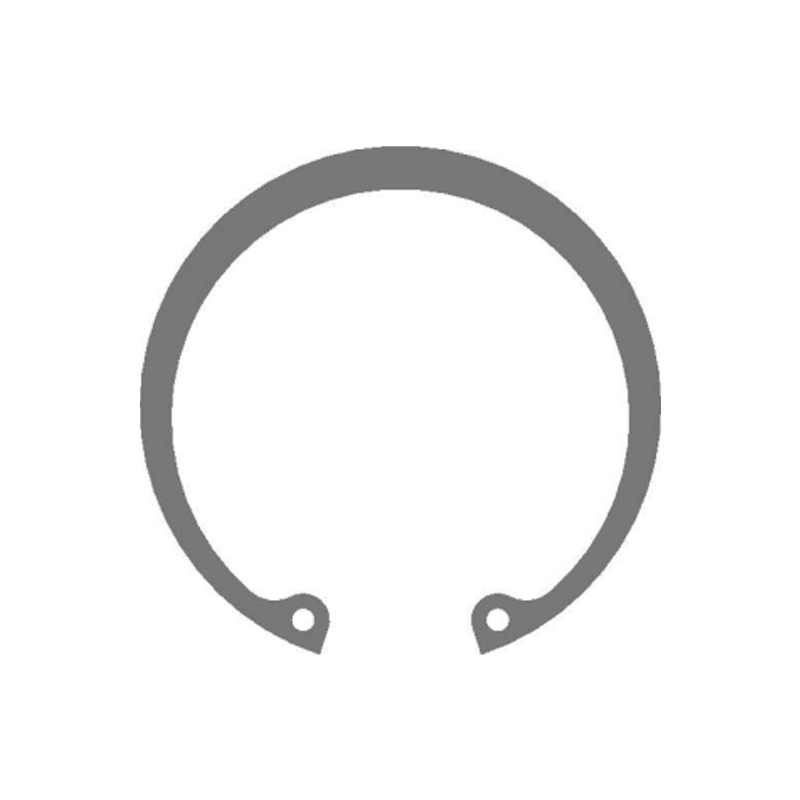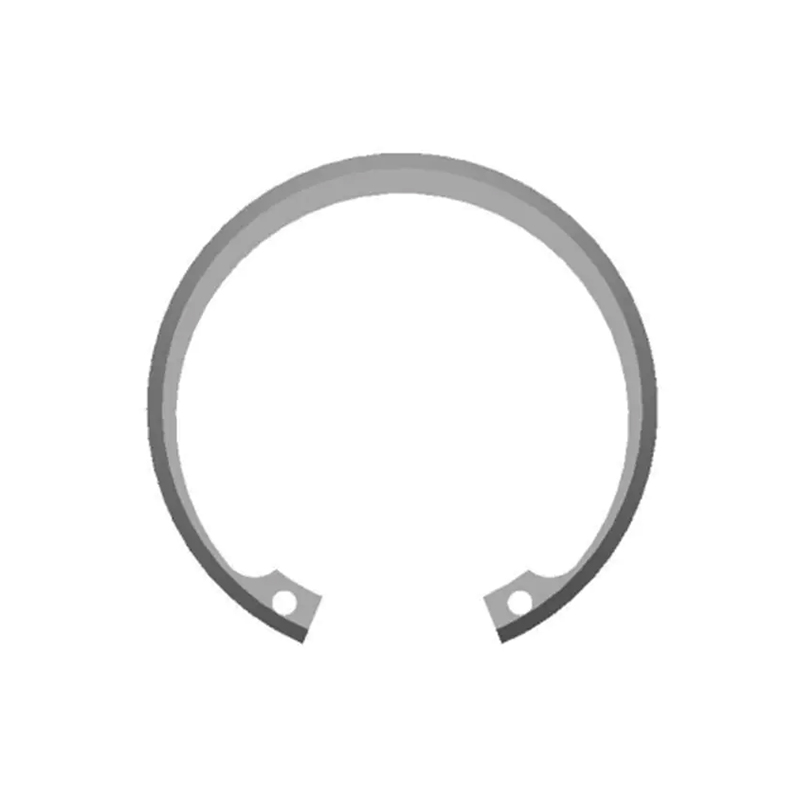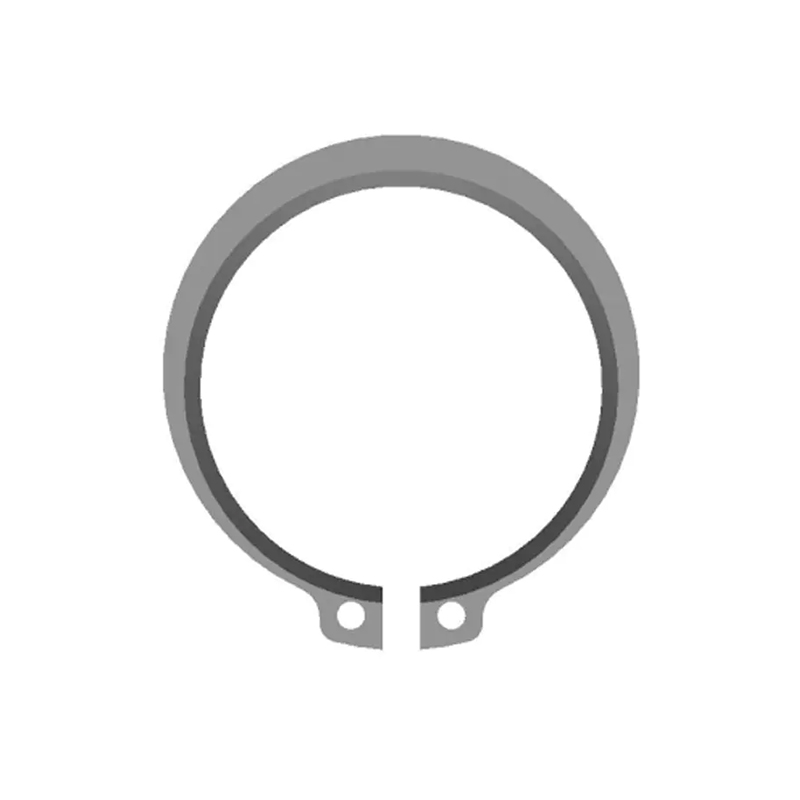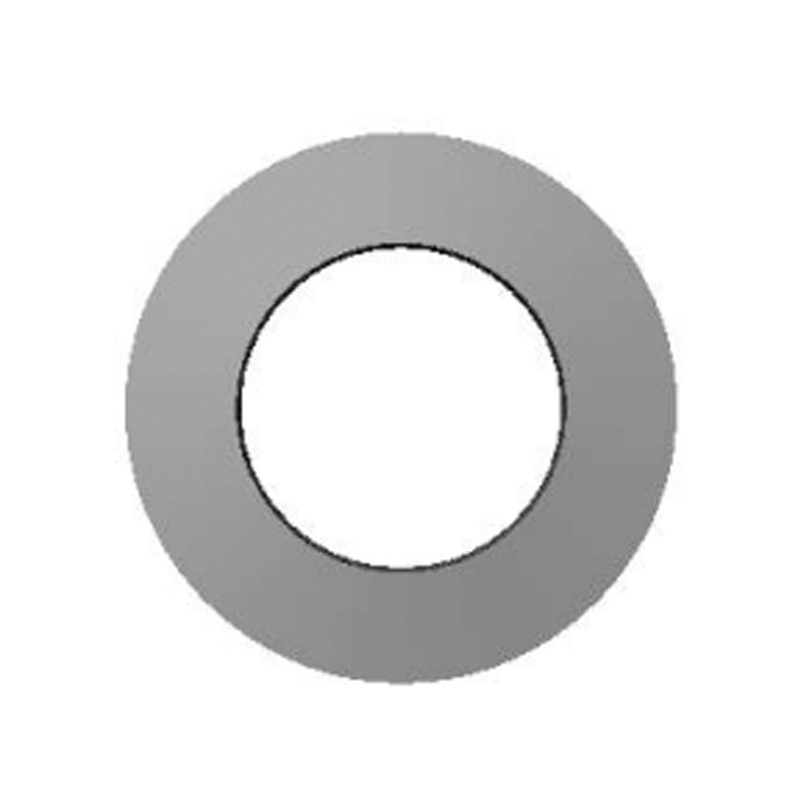Internal circlips play a crucial role in ensuring the safety and structural integrity of mechanical systems by providing secure, reliable retention and preventing components from moving out of place or coming loose under operational conditions. Here's how they contribute:
1. Securing Components in Place
Internal circlips are used to hold components, such as shafts, bearings, gears, or other cylindrical parts, within a housing or bore. Their primary function is to act as a mechanical restraint, ensuring that these components remain in position despite forces or vibrations that may try to displace them. By effectively securing parts in their designated positions, internal circlips prevent unwanted movement, which could otherwise lead to mechanical failure.
2. Prevention of Component Displacement
In rotating or dynamic systems, such as engines, gearboxes, or industrial machinery, components are subject to forces like axial loads, centrifugal forces, and vibrations. Internal circlips help prevent the displacement of critical components by providing a secure fit within the groove of a housing. This ensures that parts such as bearings or seals do not shift, which could cause misalignment, increased wear, or even system failure.
3. Protection Against Stress and Impact
Internal circlips are designed to absorb and distribute stress, which helps reduce the risk of failure due to shock loads or impacts. Their ability to resist external forces ensures that mechanical systems maintain their structural integrity under challenging operational conditions, protecting both the components and the overall system.
4. Enhancing System Reliability and Longevity
By securely holding components in place, internal circlips contribute to the longevity and reliability of mechanical systems. They prevent parts from loosening over time, which can lead to increased wear, friction, and ultimately, failure. This increased reliability minimizes the need for frequent maintenance or replacements, enhancing the overall durability of the system.
5. Reducing the Risk of Mechanical Failures
If a component were to slip or become misaligned in a system, it could result in catastrophic failures such as damage to bearings, misalignment of rotating parts, or even complete system breakdown. Internal circlips help mitigate this risk by providing a reliable retention mechanism, ensuring that components remain where they are needed for safe operation.

6. Safety in High-Vibration Environments
In environments where vibration is prevalent (e.g., automotive, aerospace, and heavy machinery), internal circlips help keep components securely in place. Vibration can loosen fasteners or cause components to shift, potentially leading to accidents or failures. Internal circlips act as a safety feature, reducing the likelihood of parts coming loose in high-vibration applications and helping maintain the integrity of the system under dynamic conditions.
7. Preventing Wear and Tear of Housing or Shaft
Internal circlips also help protect the housing or shaft by ensuring a secure fit within their grooves. This minimizes wear and tear on the housing or shaft surfaces that could occur from components sliding or shifting. Without an internal circlip, friction and abrasion from parts moving within the housing could lead to premature failure of the surrounding components.
8. Ease of Assembly and Disassembly
Internal circlips simplify the assembly and disassembly process by providing a cost-effective and efficient means of holding parts in place. This ease of use contributes to system safety by reducing the risk of incorrect assembly or improper installation, which can lead to structural weaknesses or failure during operation.
9. Maintaining System Tightness and Seals
In systems where seals or O-rings are used to prevent leakage (such as in hydraulic or pneumatic systems), internal circlips can help hold the seals in place within grooves, ensuring tightness and preventing fluid leaks. This ensures the safety and functionality of systems that rely on maintaining pressure or fluid containment.
10. Failure Prevention and Maintenance
Internal circlips offer a simple yet effective means of ensuring that components are securely fastened without the need for complex or high-cost solutions. Their failure mode is typically visible, as they can become distorted or cracked, allowing for easy identification during routine inspections. This makes it easier for operators to identify potential issues before they lead to failure, improving safety by reducing the risk of sudden or catastrophic breakdowns.

















